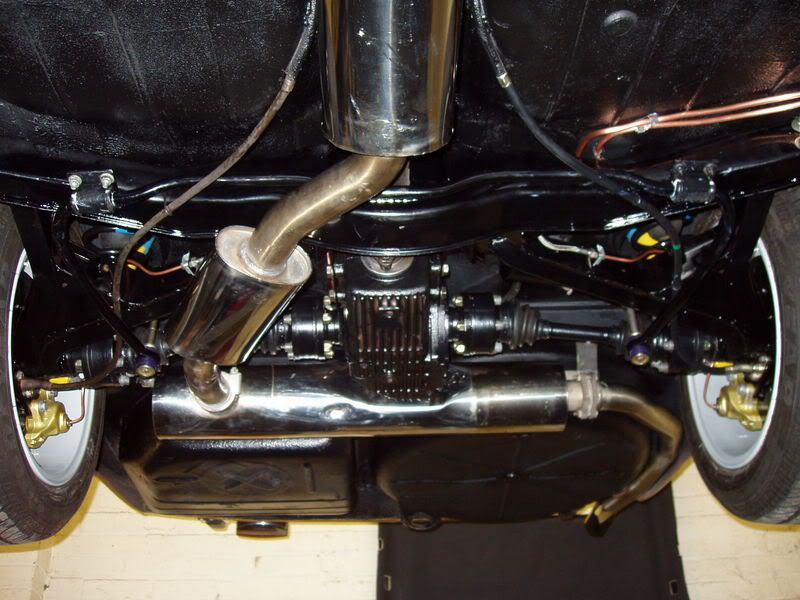MMercury
Well-Known Member
- Messages
- 481
- Reaction score
- 5
Perusing the archives and noticed some very pretty photos, courtesy of "Quarry." (undercarriage cheesecake?) As asked and unanswered, would anyone happen to know the composition of the brake lines? They appear copper or at least copper colored. (Copper wouldn't be my first choice for that purpose, but everything looks more than showroom tidy.)
I am also curious about the cast alloy transmission cross member support. I recognize it but not from any specific model. Could it be PN 23712225124 for a Getrag 280?
In any event, the pictures, in my opinion, are worth a second look.










I am also curious about the cast alloy transmission cross member support. I recognize it but not from any specific model. Could it be PN 23712225124 for a Getrag 280?
In any event, the pictures, in my opinion, are worth a second look.











